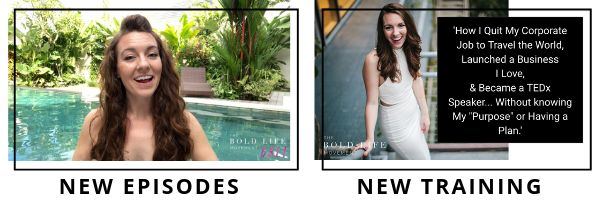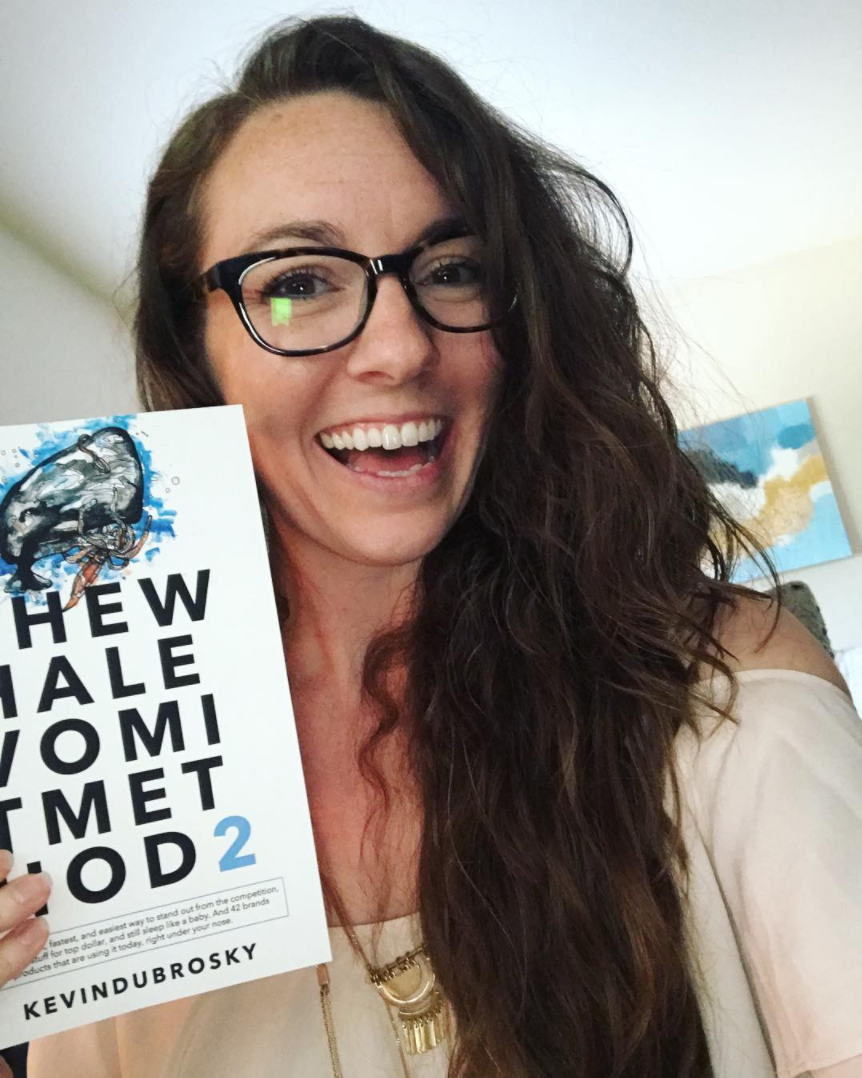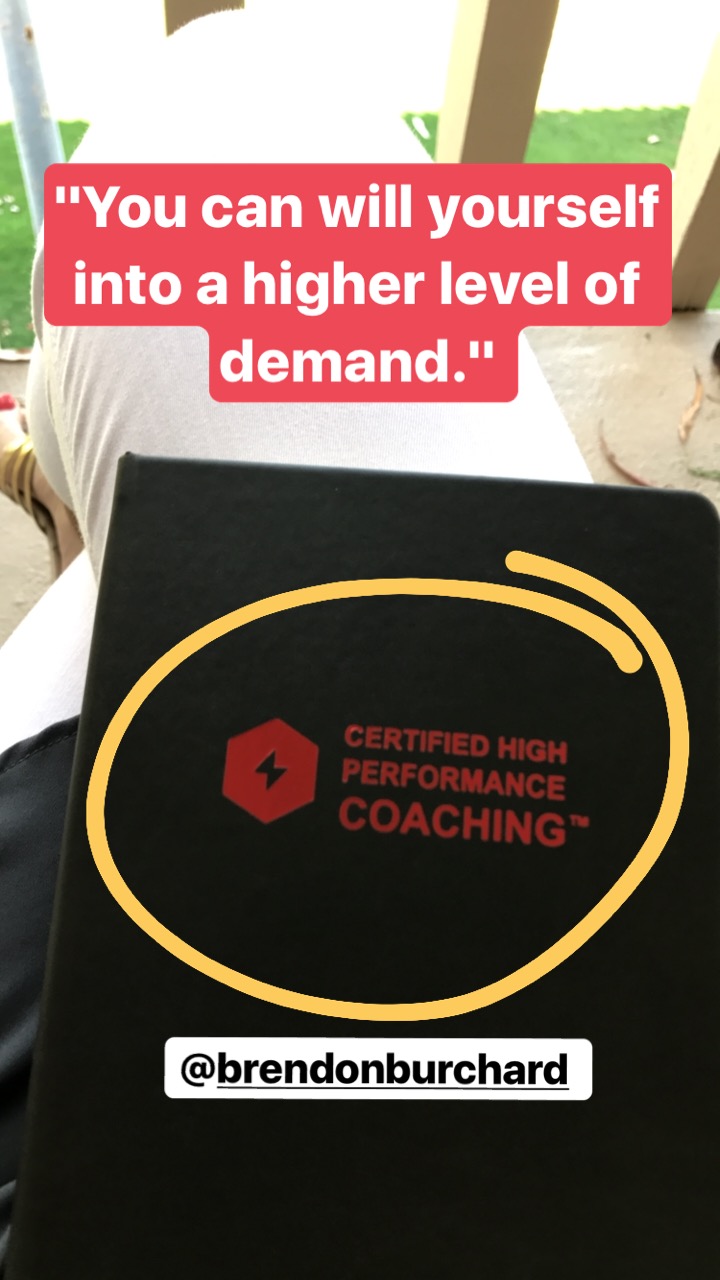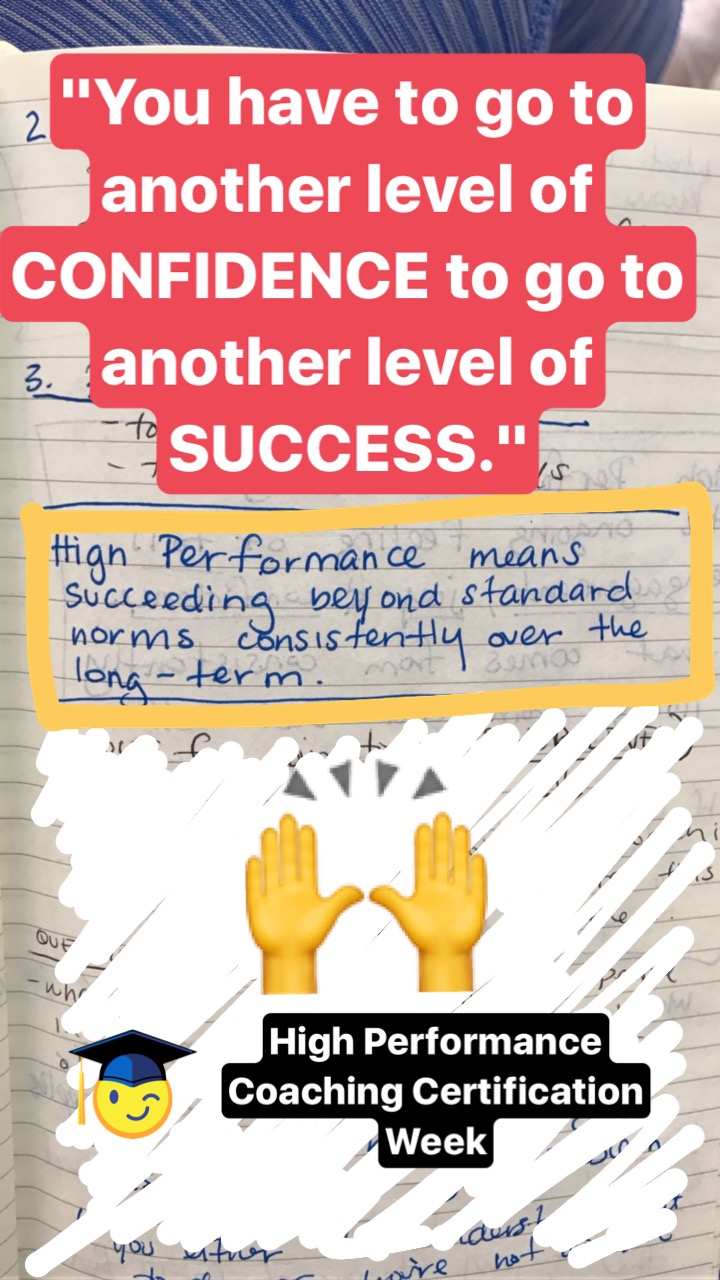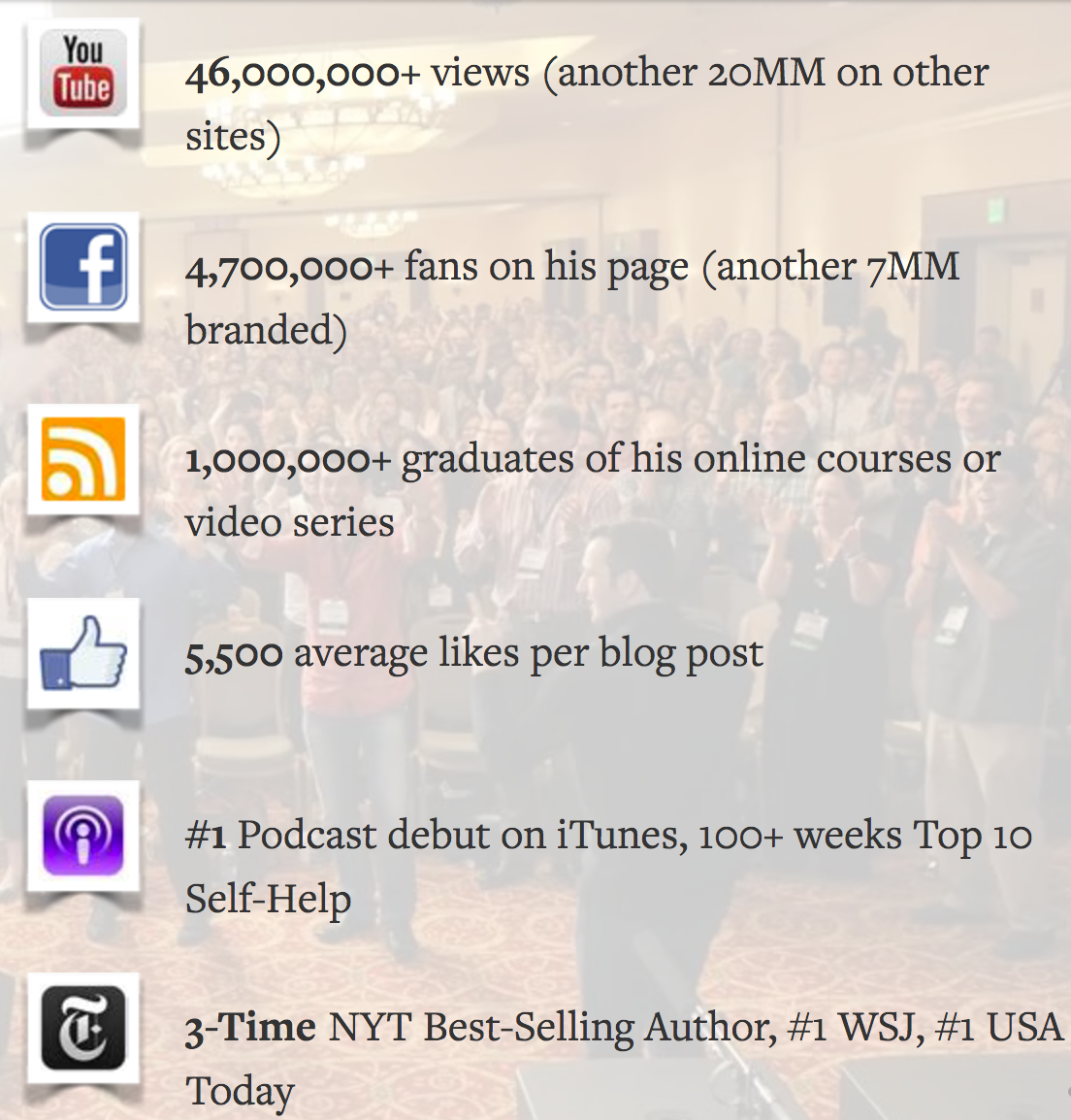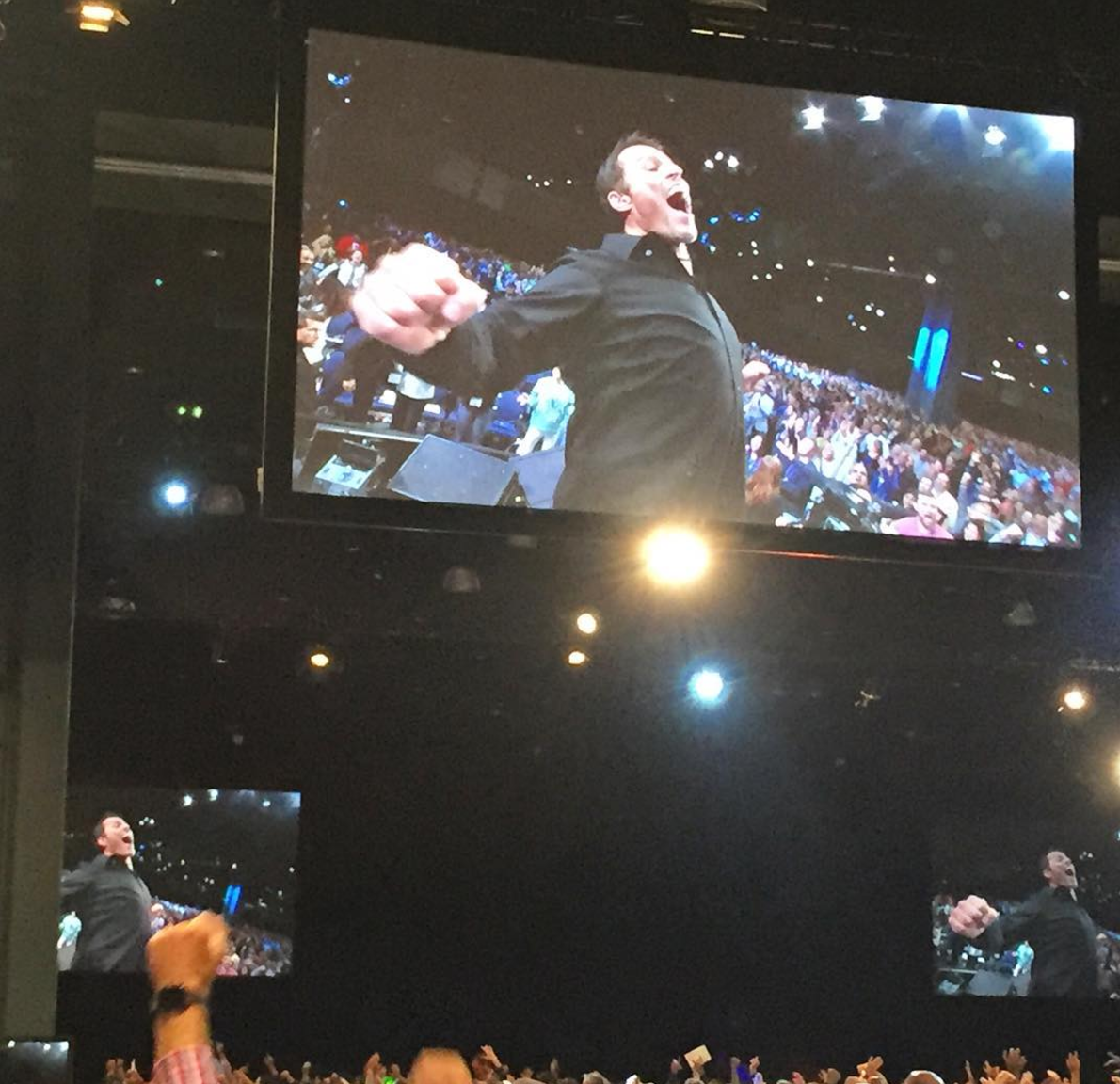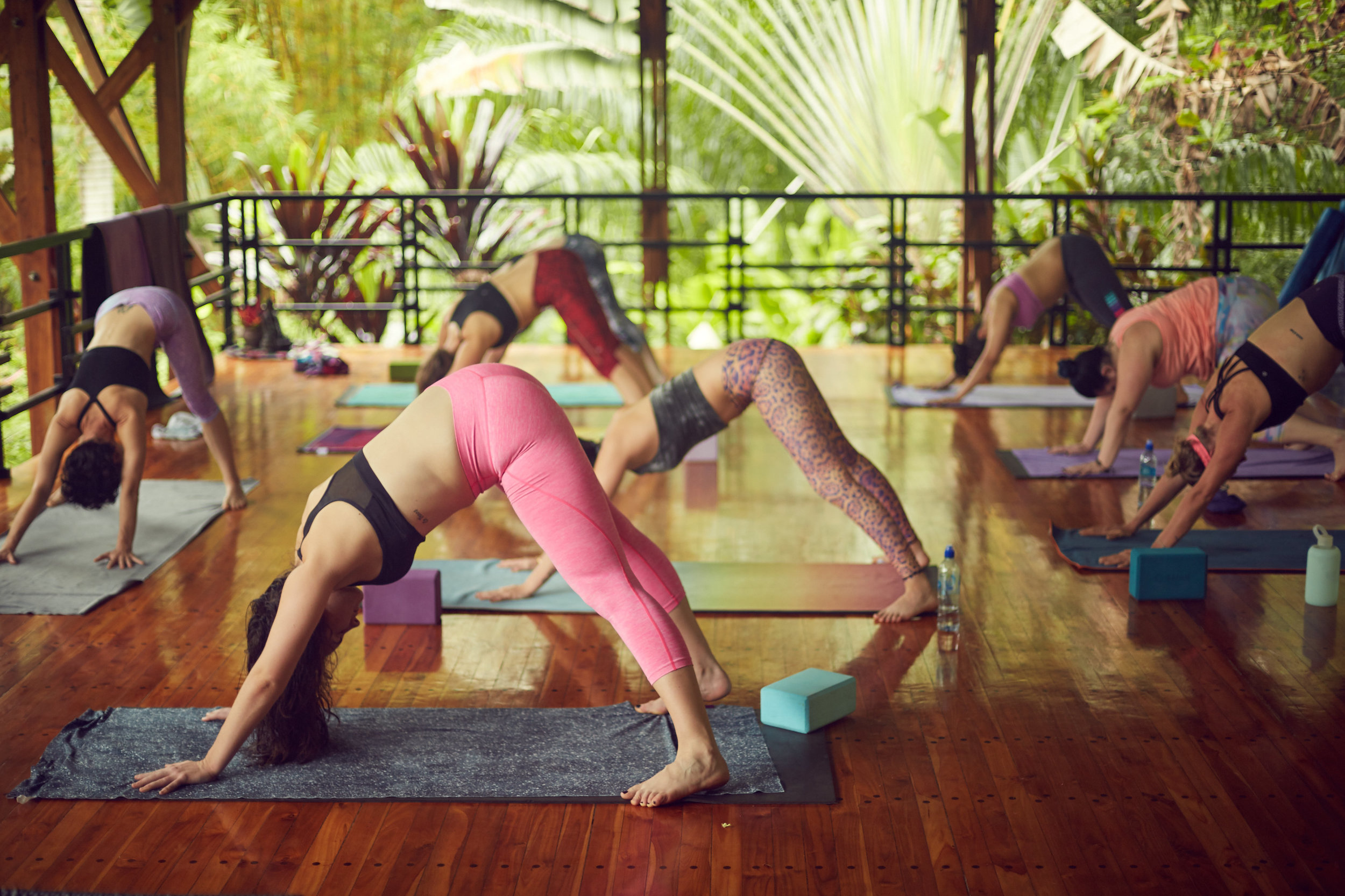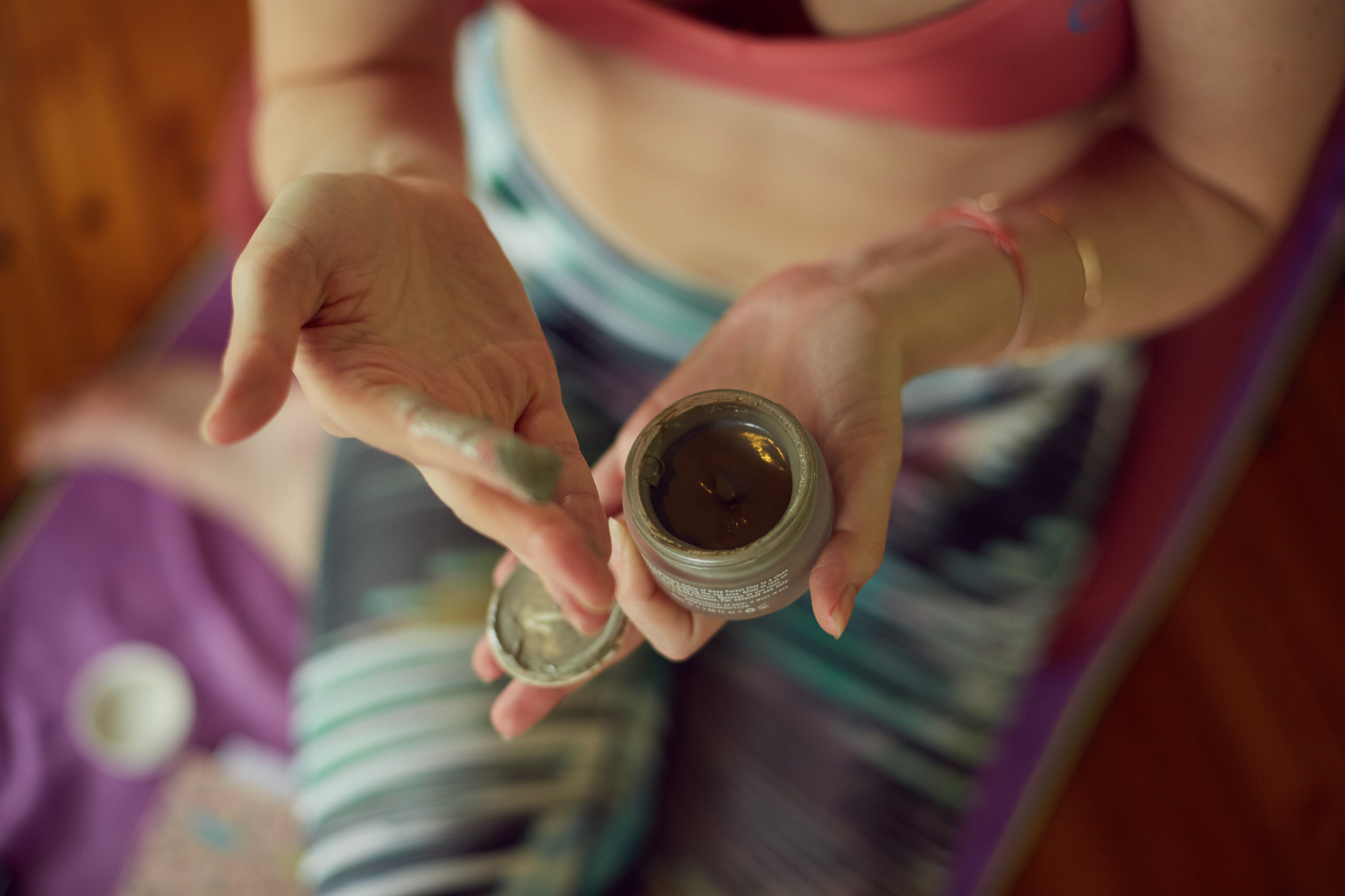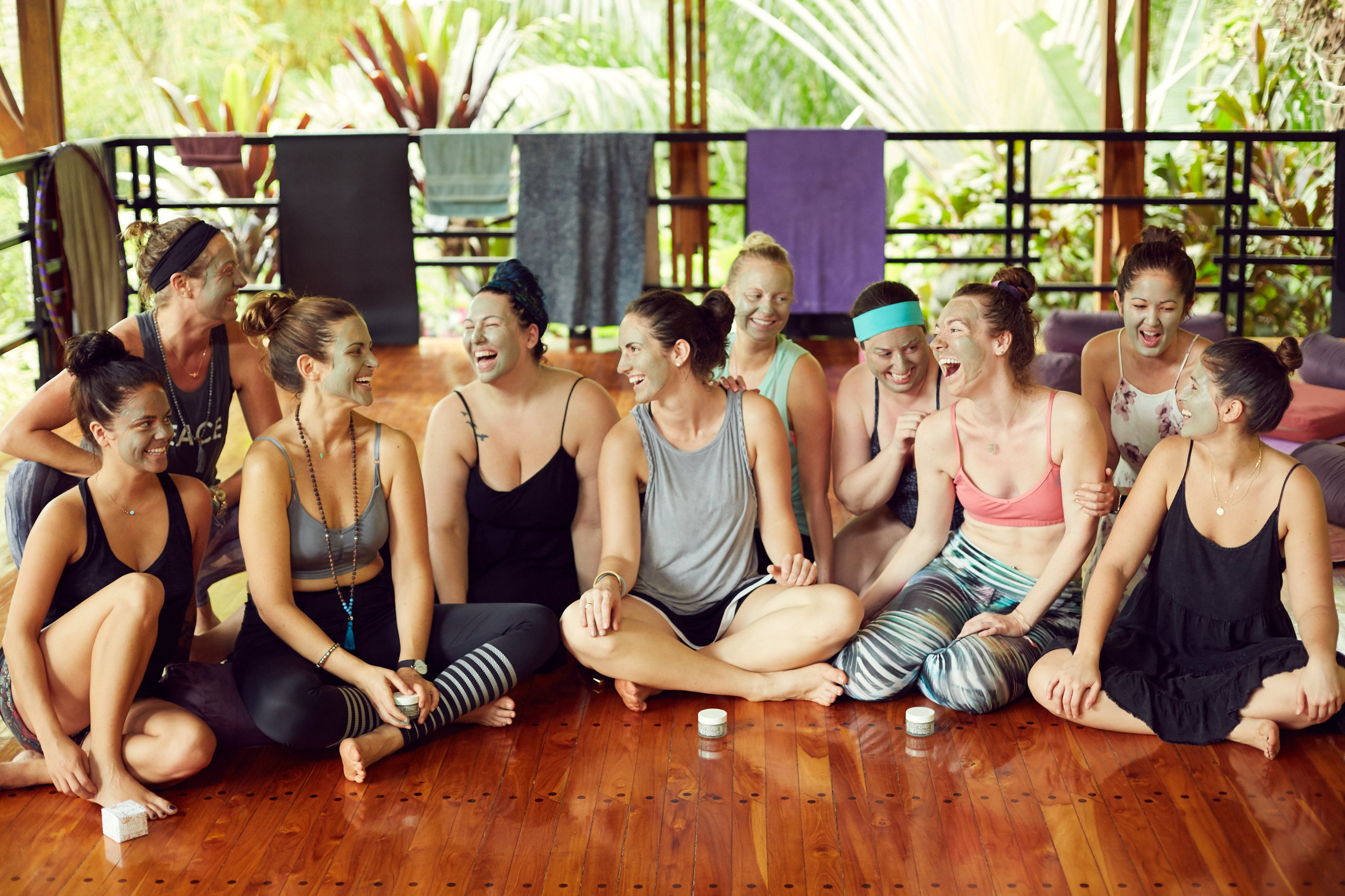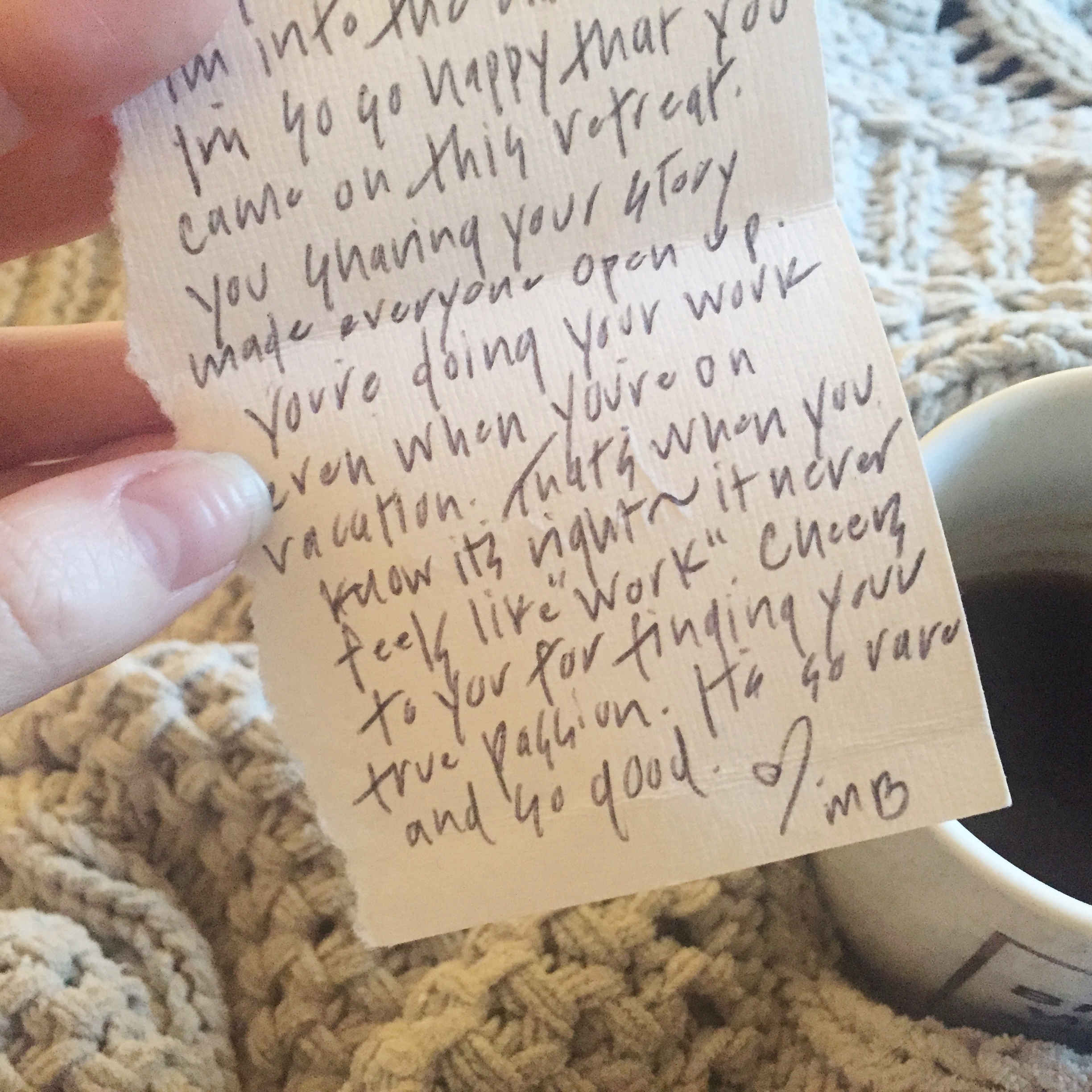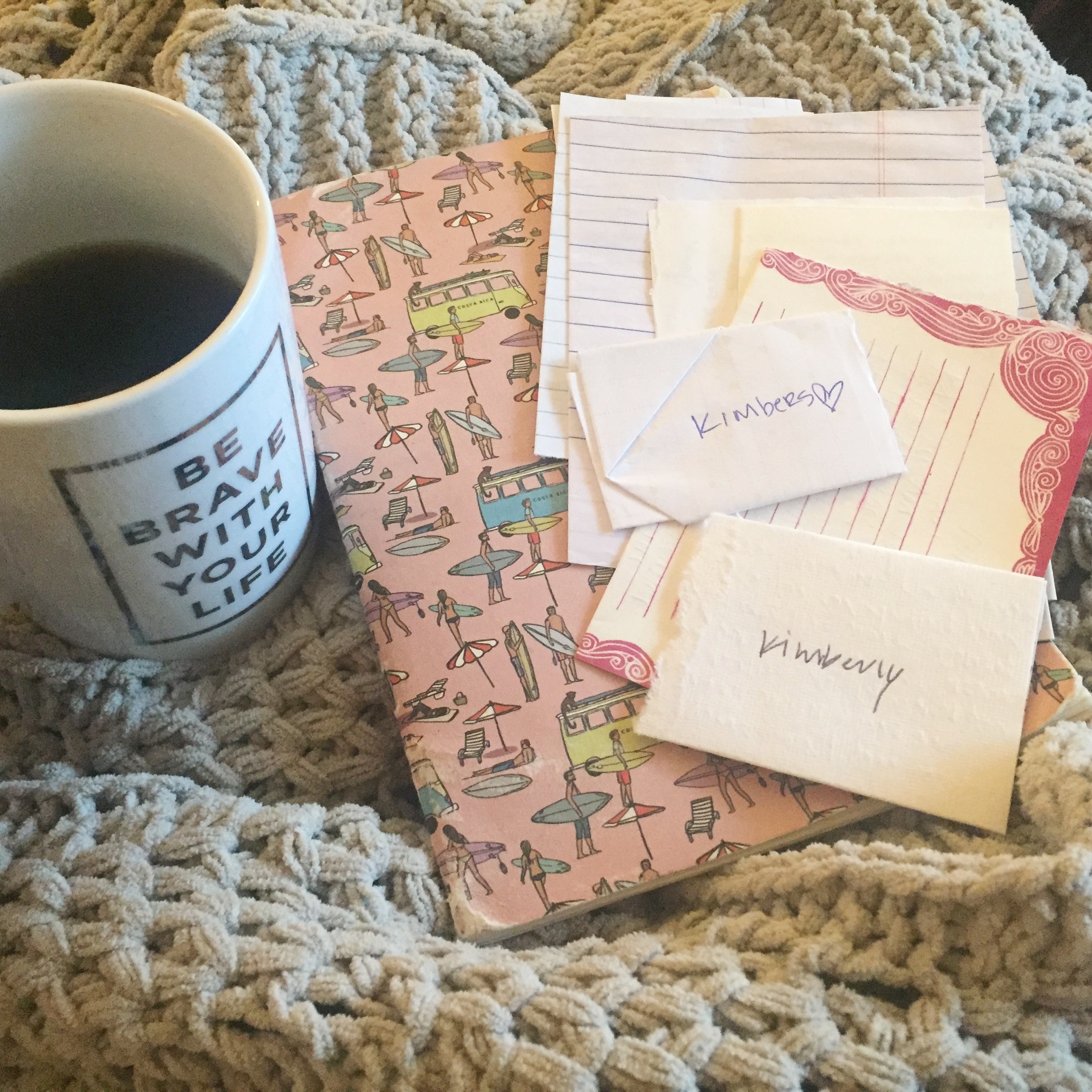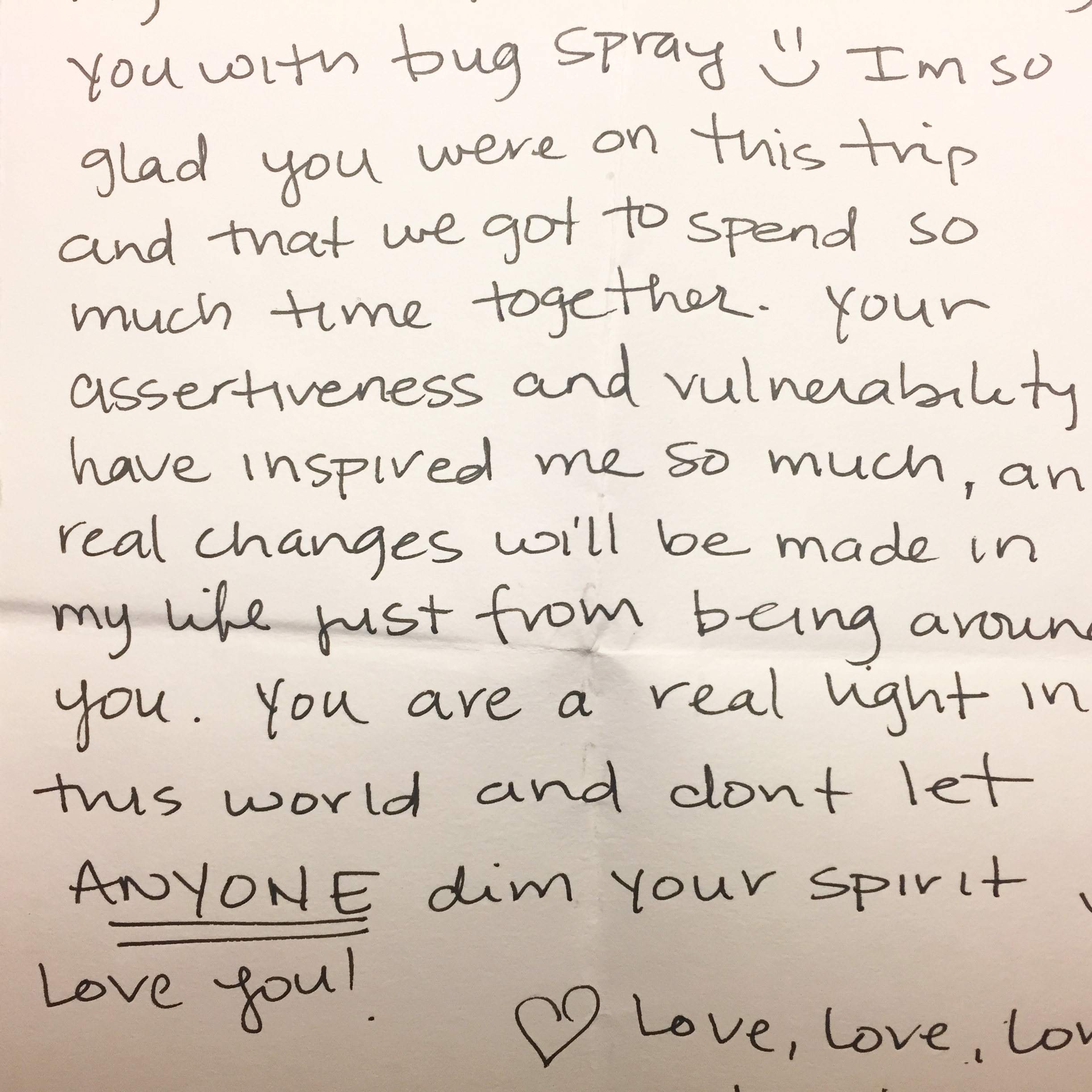TED Talks
In Talk Like TED, Gallo lists a variety of TED talk examples, and even reverse-engineers why they were so impactful. I did similar research of my own, and watched many of the talks referenced in the book, comparing them to one another to see what elements they shared.
Everything from how and when they used humor, to the pattern with which they told stories and where in the talk they chose to include scientific data. My Evernote is now chalked full of TED talk dissections.
Pro-tip: A friend who consulted on my talk (and has give FOUR TEDx talks of his own) suggested that I listen to The Moth Podcast to get familiar with compelling storytelling.
The Writing Process
Note-Taking:
For the notes I took while reading the aforementioned books, I defaulted to the ol’ paper and pen. I will embrace any opportunity to get off of a screen, and I genuinely believe that brainstorming is easier with pen-in-hand.
Outlining:
I’m an Evernote nerd, and I have been since 2013. I have yet to find a comparable note-taking app that so much as tempts me to switch. Evernote allows me to easily switch from my TED-talk notes, to my rough outline, and back again.
Writing:
If you want feedback from people as you go, and the ability to easily track changes you make to the document, google docs is your friend. I was able to receive comments from friends, track changes, and easily duplicate the document to create new fresh versions of my speech.
Practice Makes Polished
One of the most common best practices among all the TED speakers referenced in Talk Like TED is that they practiced their talk. Some for upwards of 200 hours.
When I started preparing, I thought, that will be me! I had lofty ambitions of finishing the first draft months ahead of schedule, and scheduling presentations (which I called “performances”) for a variety of audiences here in Austin. I wanted to present, get feedback, tweak, repeat. I hoped to present to friends, mentors, and individuals who were my target audience.
None of that happened. If I’m honest, I presented the working draft a total of two times for a friend who insisted that this was the best way for him to help me edit it.
And the final version, I presented just once the night before I flew out, to my best friend. He sat on the couch in my living room wearing sunglasses so our eye contact wouldn’t be too awkward. #whataguy
I did nail that living-room performance, but it definitely was not the aggressive practice/present schedule that I’d envisioned months earlier.
Practice pro-tip #1: If you decide to use slides in your presentation, spring for your own clicker.
I originally was using an app on my phone to click through the slides on the computer, but it was ghetto and inconsistent. Consistency is KEY when you’re memorizing a talk; everything is anchored into your memory, from physical gestures to voice inflection, to slide clicks.
This is the Wireless Presenter that I bought, and I’ve loved it: Logitech Wireless Presenter r400
Practice pro-tip #2: Record yourself.
I had recorded a couple audio-only versions of the talk to send to people for feedback, but it wasn't sufficient.
a) Because this was before I had memorized the speech, so I was reading it, vs. presenting it with passion.
b) Because you don't get a sense of what body language improvements to make, unless you watch yourself on camera. So prop up your iPhone, or find a cheap tripod, and hit record. Don't overcomplicate this piece.
What to Wear
Deciding what to wear may not seem like that big of a deal, but how you present yourself will affect how you’re perceived. If you’re looking to leverage this talk beyond the 18 minutes you’re on stage, then you want the thousands (nay, millions!) of people who watch it online to get a positive sense of who you are.
When picking your outfit, be sure it’s:
- On brand
- Professional
- Authentic
I actually spent time researching what colors, styles and even jewelry choices were donned by some of the world's top TED speakers.
What I learned:
- Avoid all black or all white - it can be hard for the camera to pick up.
- Avoid stripes.
- Choose something that matches your personality, AND the personality of your talk.
- Ensure that the ensemble doesn’t distract from the message.
Of course there are exceptions to every rule (see: Liz Gilbert’s Famous TED talk on creativity. She wore all black, and that speech has been seen more than 3 million times.)
When I was planning my outfit, the exact piece I was looking for, I described as a “sassy but professional jumpsuit”. In my mind, this was bold, sexy, but serious enough to be taken seriously.
In the end, everything I had ordered online turned out to be a bust, and I spent the day before my trip scouring the mall, praying that my dream piece would find me. It did! My power dress (as deemed by a good friend) made me feel just that - powerful.
In the end, you want something that makes you feel confident. So steer clear of things that show sweat, that bunch, or that make you feel stiff and serious.
Be yourself so the audience can hear what you have to say.
Pro-tip: Plan ahead. Running around the mall the day before is not for the feint of heart.
Cost
Since TEDx talks are independently run, it’s unlikely that you’ll find an organizer willing to pay you to speak. That being said, you can find opportunities that don’t cost a lot.
Here are things that ended up costing me money:
- Flight
- Dress
- Business Cards
- Wireless Presenter
- Incidentals while traveling
Here are are ways to save money on your TEDx experience:
- Choose a local event (save on travel)
- Wear something you already own
- Don’t bring swag like books or other branded materials (it’s against the rules for you to give it out anyway.)
- Stay with a friend or family member, if you do travel.*
*I was lucky, because the organizer put me up at his B&B, and leant me a car, both of which saved me a lot of money. Gifts and opportunities abound in this entire experience.
Event Time!
Dress Rehearsal
The day before your event, there will be a dress rehearsal. If there’s not, that’s a huge red flag. The rehearsal is the perfect opportunity for you to iron out any tech issues, to get comfortable in the space, and to meet the organizer and other speakers.
You’d be amazed how often the google slides vs. keynote vs. powerpoint issue arises. If your presentation includes audio or video, that adds another layer of complexity.
Try to get a full run through with everything working perfectly before leaving for the night.
What I would do differently: Dress for the part, 100%.
I’ll let you in on a little secret. The pictures you see in this post are actually from the dress rehearsal. I didn’t know that when they were first released, and chances are, you couldn’t tell either. What tipped me off was that my hair is not curled.
I learned later that the photographer was actually not in the room during my speech on the actual day, so he used the shots he got at the dress rehearsal. Had I known this was a potential outcome, I would have gone the extra 10% and done my hair.
Moving forward, I will treat every dress rehearsal like it is the REAL DEAL.
Day Of
On the morning of the event, I woke up and continued reciting my talk in my head. I practiced it FULL out, as I drove the 30 minutes to the venue (as best I could for sitting behind the wheel of a moving vehicle). And once there, I gave it a couple more run-throughs in the dressing room. I was confident in my talk, but the act of practicing gave me an excuse not to engage too much with the other speakers before my speech.
Why this is important: If you’re someone who takes on other people’s energy, that self awareness can help you avoid people when it’s important for you to be on your game.
I knew if I let the nerves of the other speakers into my headspace, it would mess with my vibe. So, I welcomed my family, made jokes with my best friend, and avoided caffeine and incessant small talk until after my talk was over.
The truth? I actually wasn't nervous.
Here’s what I believe contributed to that (and how you can achieve the same):
No. 1: I loved my talk! By the time the big day came, I had refined it enough and trimmed enough of the fat that I felt genuinely excited to give it. Which leads me to number 2.
No. 2: I was excited! If anyone ever asked me, “Are you nervous?" I would say, “No, I’m excited!” This was intentional, and there’s actual scientific support for why it works. You can learn more in Vanessa Van Edward’s TEDx talk: You are Contagious.
No 3: I knew the information. I had practiced the talk enough that it was legitimately anchored into my body. I felt certain that I could get on stage and perform, because I felt prepared.
Pro-tip: Choose your time slot.
We were asked by the organizer if we had a preference on when we’d like to present. After my original “in the morning” request was somehow switched to an afternoon slot, I followed up.
I wanted to be late enough in the morning that people were awake, but early enough that I didn’t have all day to get nervous. And I definitely didn’t want to be right after lunch. Well, ask and you shall receive; I ended up with the first slot after the first break, and it was perfect.
Having the support of my family and friends, and hearing the positive feedback from the crowd made it one of the funnest days of my career.
After my speech was done, I joined the audience and soaked up the content from the other speakers. That night, all the speakers and their guests shared a meal (and a few drinks) to celebrate.
Post Event
You may think that once the event is over, the work is done, but that’s far from the truth. If you’re looking to leverage the talk to grow your community (and also your email list) then it’s important to get clear on how you plan to do that, and to start implementing the systems to make it possible. Get those landing pages up, get those funnels in place.
Since I mention my forthcoming book in the talk, one of the things I’m very focused on right now is getting the book out. This is no easy task, so it’s been helpful to understand when the talk might go live.
Depending on the size of your event (and the experience/bandwidth of the video crew) it could be anywhere from 3-8 weeks. I’ve heard it can even take longer. If you want the post-event process to be smooth, my advice is to create a positive relationship with your organizer. He or she is the one to inform you about updates, and help you tweak things that will be submitted to TEDx.
One of the elements of post-production you might not think about (or maybe it’s all you think about) is what do to do when the haters get their hands on your talk. If you’re aggressively trying to spread your message, then it’s inevitable some viewers will not jive with your topic, or your stories, or what you chose to wear that day.
And that’s okay. Hater gonna hate. It is literally impossible to please everyone with your words or actions, so put into place some sort of process that let’s you reply to the positive or constructive comments on youtube, and bypass the toxic trolls.
You are too busy changing the world to try and change the minds of a select few.
--
I hope this was helpful! If you have any additional questions, please pop them into the comments below.
Check out the full TEDx talk:









